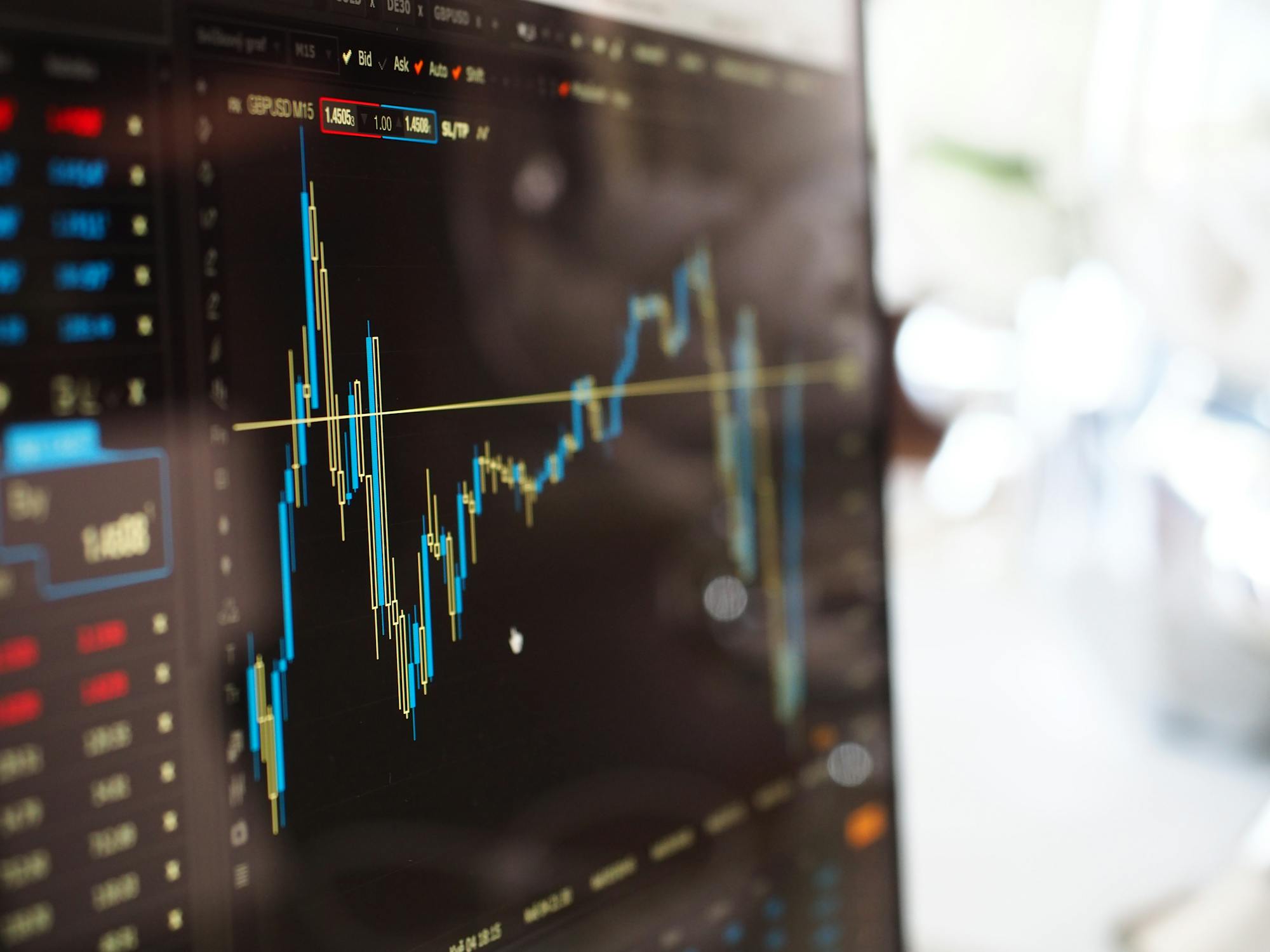- by Zlata Seregina Akkaoui
- Jun 08, 2025
From Messy Data to Game-Changing Insights: The Secret Formula
- By Zlata Seregina Akkaoui
- Sep Fri, 2025
- in Data

Picture opening up a messy spreadsheet or a mess of data files and making sense of it. This untidy truth is one that data analysts know well – indeed, industry surveys report that analysts spend about 60–80% of their time simply cleaning and structuring data. But the magic recipe for success is a crisp, step-by-step process that turns raw input into strong insights. And by wrangling and cleaning carefully, reshaping, analyzing, visualizing, and telling stories with your data – and using the most up-to-date technology (even AI!) – you can work smarter and make chaos clear.
Data Cleaning (Wrangling) – Taming the Mess
The first step is cleaning the data. Often called data wrangling, this is the process of “transforming raw, messy data into a clean, structured format ready for analysis”. Cleaning might involve correcting typos, standardizing formats (like dates or units), and removing junk.
Common tasks include:
- Removing duplicates and correcting errors.
- Standardizing formats, e.g. making all dates the same format or converting all currencies to USD.
- Handling missing values by filling them in or dropping them.
These steps might sound tedious, but they’re crucial: dirty data skews results. Thankfully, modern tools can help. For example, spreadsheet tools (Excel’s Power Query) or Python libraries (Pandas’ dropna(), merge(), etc.) automate much of this.
Even AI assistants such as ChatGPT can help: as one observer points out:
"ChatGPT is a powerful tool that can help with data cleaning tasks, making it easier and more efficient to prepare data for analysis".
In reality, you might instruct ChatGPT to clean up duplicates or standardize strings throughout your dataset and then check its recommendations. By leaving basic cleanup to software, you allow yourself the ability to concentrate on more abstract insights.
Data Transformation – Shaping Data for Analysis
Once the data is clean, the next step is transformation – reshaping it so analysis is easier. This might mean merging tables, pivoting rows to columns, or creating new features. For example, you might join a customer list with a sales table (SQL JOIN or Pandas merge()), or compute “age” from a birthdate column (a new feature).
A common transformation is normalization, which in simple terms means putting data in a standard range or format. In databases, normalization also means removing redundant fields.
As Splunk explains:
Data normalization “standardizes data formats and removes redundancies, delivering consistent, structured, and easily queryable data”.
Key transformation tasks include:
- Merging datasets (joins or lookups) and aggregating data (grouping rows).
- Normalizing values – e.g. scaling numeric features so they’re comparable, or collapsing categories into groups.
- Feature engineering – creating new useful columns (like ratios, flags, or bins) to highlight patterns.
These tasks are typically done using code or query languages (SQL, Python Pandas) or data tools (Tableau Prep, Alteryx). The goal is to "break down complex processes into manageable steps" so that the cleaned data is in the exact shape needed for analysis.
Analysis & Exploration – Finding the Story
With tidy data in hand, it’s time to explore and analyze. This usually starts with exploratory data analysis (EDA) – looking at summaries, statistics, and simple plots to see what the data is telling you.
As IBM puts it,
“Exploratory data analysis (EDA) is used by data scientists to analyze and investigate data sets and summarize their main characteristics, often employing data visualization methods”.
In practice, you might:
- Compute basic summary statistics (mean, median, distribution, counts of categories).
- Check for correlations or trends – do two variables move together?
- Identify anomalies or outliers – weird spikes or errors left?
This step helps you confirm or refine your questions. You might discover unexpected patterns (e.g. sales spike every March) or spot data quirks (e.g. a sudden drop that’s actually a data import glitch). Analysts often iterate on queries or code here: maybe running a regression model, clustering, or hypothesis tests, depending on needs.
And today, AI can jump in too. For instance, with libraries like Pandas AI, generative AI analyzes are plugged into that:
"Pandas AI is a Python library that uses generative AI models to supercharge pandas capabilities."
You can literally ask questions in plain English. Do, for instance,
"Plot sales over time for product X" or "Summarize the top trends in this table," and it will manipulate the data and create charts for you.
That is, many intricate tasks can be automated by tools, and you just get to read the answers.
Visualization – Brining Insights to Life
Computers are happy with numbers and tables, but people adore pictures. The visualization phase converts insights into charts and dashboards that present the story simply. A nice chart can point out trends or outliers in a quick glance. For instance, tools like Tableau make this easy – Tableau is “used by top companies to extract insights from massive amounts of raw data,” and its intuitive interface lets both technical and non-technical users build visual dashboards. You might create bar charts, line graphs, heatmaps, maps, or interactive dashboards that stakeholders can explore.
Key visualization activities:
- Choosing chart types: bar charts for comparisons, line graphs for trends, scatterplots for relationships, etc.
- Combining multiple charts into dashboards or reports.
- Refining labels, colors, and layout to tell a clear story.
For example, a Tableau dashboard might show key metrics with filters, or a Matplotlib/Seaborn script could generate publication-ready plots. The point is to make the data visible: once you plot it, even complex data often “simplif[ies] complicated information so that your audience can engage”. Modern BI tools even have built-in AI features (like natural-language-driven chart creation) to help non-experts get visualizations quickly.
Communication & Storytelling – Sharing the Impact
Last but not least, an insight isn't going to be very useful if you cannot communicate it. Data storytelling knits your results into a good yarn. Microsoft's definition of data storytelling is "building a compelling narrative based on complex data and analytics… to influence and inform a particular audience". Practically, this involves telling why the data is important.
This may include:
- Make a short presentation or report that leads the reader through the main points.
- Make an interactive dashboard with comments or guided tour.
- Write a summary, even in plain language to deliver the bottom line.
The story should indicate the so-what:
What did we learn? What do we do?
By combining visuals with clear language, you ensure your colleagues or clients “can engage with content and make critical decisions quicker and more confidently”. Even at this stage, AI can help – for example, ChatGPT can draft an explanation or suggest slide text from your analysis. The key is to tailor the message: use bullet points, plain English, and contextual examples so that non-experts grasp the impact of your insights.
Working Smarter: AI and Modern Tools
Throughout all these stages, remember: work smarter, not harder. Modern tools and AI assistants can automate routine tasks so you focus on the big picture. For example, AI coding assistants like ChatGPT or GitHub Copilot can generate queries or scripts for you – just prompt them with a description and let them write the code. Notebooks and IDEs are getting built-in AI helpers too. DataCamp’s DataLab (for instance) includes an AI Assistant with a “Fix Error” button to correct and explain bugs, and a “Generate Code” feature that turns natural-language instructions into working code. This means you can ask the system to “clean up column names” or “summarize this dataset,” and it will do it while teaching you what it’s doing.
Other examples of working smarter:
- PandasAI lets you ask questions in plain English (e.g. “What are the top 5 products?”) and it will run the analysis for you.
- Power BI’s Q&A or Tableau’s Explain Data let you query dashboards with natural language to get quick answers.
- Automated data pipelines (ETL tools) can handle regular data loads on schedule, so your data stays fresh without manual effort.
- Version control and notebooks keep your workflow organized and reproducible, saving time in the long run.
By embracing these smart tools, you free up your time to think creatively and strategically. As one expert put it, even fixing code errors can be done with a click, so you learn from mistakes and avoid repetition. In short, AI and modern platforms are your co-pilots in the data workflow, helping you move faster from raw data to insights.
In summary, the “secret formula” is not a single trick but a process: cleanse your data, shape it carefully, explore it methodically, visualize it clearly, and tell a compelling story with it. Along the way, use the best tools at your disposal – from Python and SQL to ChatGPT and Tableau – to automate drudgery. Do this, and you’ll turn that messy pile of data into game-changing insights in half the time (or less!), making the whole journey smarter and more satisfying.


